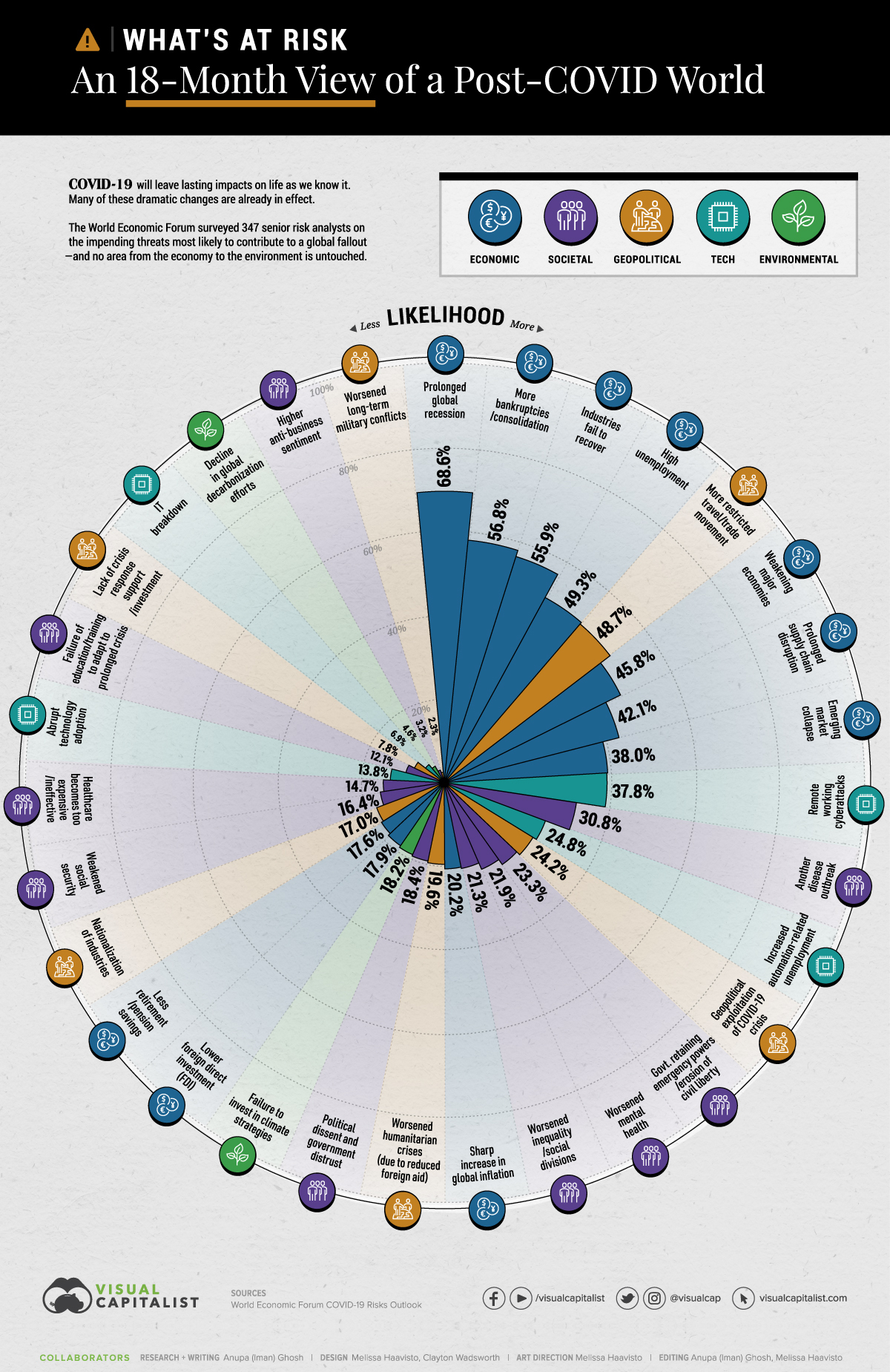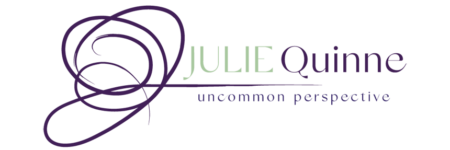Well, this is sobering. This visual capitalist article lays out the anticipated near-, mid-, and long-term impacts of Covid 19 on our world and while the visual is impressive, the news ain’t pretty.

Strategic Human Resources
As strategic Human Resources leaders, our job is to seek out, understand and apply this information to our organizations. Not in a general “times are tough, it’s going to be rough, we’ll steel ourselves for the onslaught of HR needs” kind of way, but more in a “let’s analyze how these specific forecasts will affect our specific organization and how we will plan to specifically prepare our leadership, management and workforce to succeed despite the storm” kind of way.
HR Requires Strategic Thinking
Consider the implications outlined in the visual capitalist report and how they specifically relate to your organization. How recession prone/proof is your industry? How dependent is your company on global supply chains? What areas of the organization will be hardest hit by those factors and what skills sets will you require? If your organization offers a pension (there are still a few of you out there), what is the implication of fund devaluation and what can you do preemptively to respond?
Strategic Implications of Social Anxieties
Nine of the top 31 major risks identified are in the Societal category. Five of those are in the top 20 and ALL of those directly impact our workforce in terms of everything from culture, compliance, productivity and safety to benefits, compensation, training and more.
| #10 | Another global outbreak of COVID-19 or different infectious disease | 30.8% |
| #13 | Governmental retention of emergency powers and/or erosion of civil liberties | 23.3% |
| #14 | Exacerbation of mental health issues | 21.9% |
| #15 | Fresh surge in inequality and social divisions | 21.3% |
| #18 | Anger with political leaders and distrust of government | 18.4% |
Taking Strategic Action
At Uncommon Consulting we take a Workforce Efficacy™ approach to these complex concerns:
- Constantly scan the business environment
- Consider the specific implications of the environment on your org
- Use Workforce Efficacy thinking to determine strategic implications
- Consider what support each segment will require from HR
- Make your case for those supports in the context of the strategic implications

This approach takes a big picture approach (the outermost ring of the nested circles in the image above) and stays centered on what matters most: What is our Mission and how is it helped/hurt in this context? How can it help/hinder our response? What are we on track to become (our Vision of our future), how is our progress toward that goal impacted in this context and what do we need to shore up or re-assess to stay on track in terms of our Strategy? What changes will we need to make with respect to Execution in terms of skills sets, deadlines, resources and structure? And, finally, what will our employees – at every level – need in order to contribute their very best Performance? What specifically will Leaders, Managers and Individual Contributors require in terms of skill sets and personal stamina to succeed and what is your plan to deliver those?
Make the Strategic Connection
Wellness programs and engagement initiatives are great. Diversity and inclusion statements are commendable. Of course they will have a benefit. But if you can’t make the case for how and why you see those efforts specifically and measurably contributing to the big picture, you shouldn’t be implementing them.
18 months is a long time. We’re in this for long haul. We’re running a marathon, not jumping rope.
In it Together
No one should have to navigate these big questions alone. Managing and leading with integrity and safety requires courage and support. Becoming the most confident, inspired and contributing version of yourself requires UPschool. Won’t you join us? Membership is half price right now. For year-round expertise, live coaching and resources for you personally and professionally join UPschool today.
